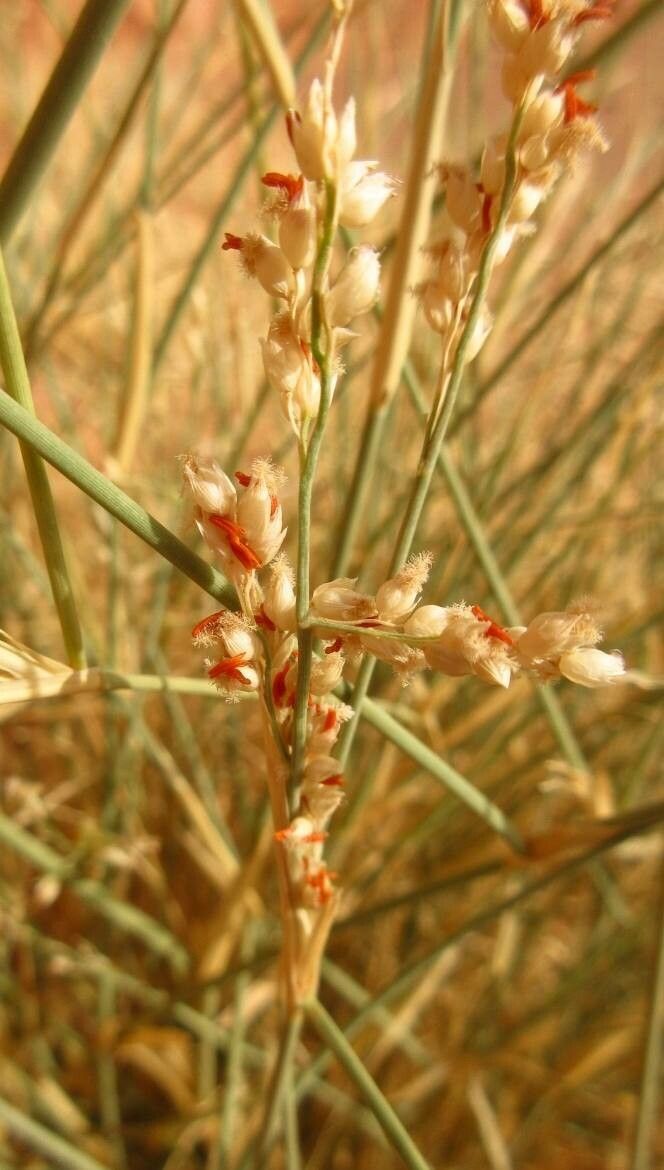Propagating Panicum turgidum: Challenges and Rewards of Cultivating the Desert Grass
Panicum turgidum, commonly known as the tumbling grass or desert grass, is a striking ornamental grass prized for its drought tolerance, attractive seed heads, and adaptability to diverse conditions. Native to arid and semi-arid regions, its feathery plumes sway gracefully in the wind, adding a dramatic texture to gardens. Its popularity among gardeners stems from its low-maintenance nature and ability to thrive in challenging environments, making it a valuable addition to xeriscapes and naturalistic landscapes. However, propagating this resilient plant presents a unique set of challenges.
Seed Germination:
Currently, there are no known reliable methods for seed germination propagation of Panicum turgidum. While seeds may be produced, their germination rate is notoriously low, likely due to dormancy mechanisms adapted to its harsh native environment. Factors such as seed age and specific environmental conditions (e.g., temperature, moisture) significantly influence any limited success. Attempts at scarification or stratification have shown inconsistent results. Therefore, relying on seed germination for propagating Panicum turgidum is generally not recommended.
Cuttings:
Propagating Panicum turgidum via cuttings is also unreliable. This grass does not readily produce roots from stem cuttings. While some anecdotal evidence suggests the possibility of limited success with herbaceous cuttings taken from actively growing stems and treated with rooting hormones, the success rate is extremely low. The challenges lie in the grass’s physiology, which is less conducive to vegetative propagation compared to other plants.
Division:
Division is the most reliable and practical method for propagating Panicum turgidum. This involves carefully separating established clumps into smaller portions, each containing a healthy root system and several shoots. The best time for division is during the dormant season or early spring before new growth commences.
Challenges: Mature clumps can become quite large and difficult to handle, requiring strong tools and careful technique to avoid damaging the root systems. Each division needs to be substantial enough to ensure its independent survival.
Tips: Use sharp, clean tools to minimize damage. Plant the divisions promptly in well-draining soil, ensuring adequate spacing. Water gently to settle the soil around the roots.
Rewards: Division offers the highest success rate, allowing for rapid multiplication of desirable cultivars. It maintains the genetic characteristics of the parent plant, ensuring the continuation of specific traits.
Tissue Culture:
Tissue culture offers a potential but highly specialized method for propagating Panicum turgidum. This technique involves growing plant tissues in a sterile nutrient medium under controlled conditions.
Challenges: Establishing a reliable protocol for tissue culture propagation of this species requires significant expertise and specialized laboratory equipment. It’s a time-consuming and potentially costly process, requiring optimized media compositions and growth conditions. The development of a successful protocol would likely require substantial research and experimentation.
Rewards: Tissue culture enables mass propagation of genetically identical plants, potentially valuable for commercial production or conservation efforts. It offers the possibility of overcoming challenges related to seed germination and cuttings propagation.
Conclusion:
Propagating Panicum turgidum presents a unique set of hurdles. While seed germination and cuttings are largely unsuccessful, division remains the most reliable method for the home gardener. Tissue culture offers possibilities but requires specialized knowledge and resources. Overcoming these challenges contributes significantly to the satisfaction of cultivating this beautiful and resilient plant. The success felt after carefully dividing a mature clump or achieving limited success through other methods underscores the connection between the gardener and the natural world. For aspiring propagators, patience, careful observation, and a willingness to experiment—perhaps focusing primarily on division—are key to success.

